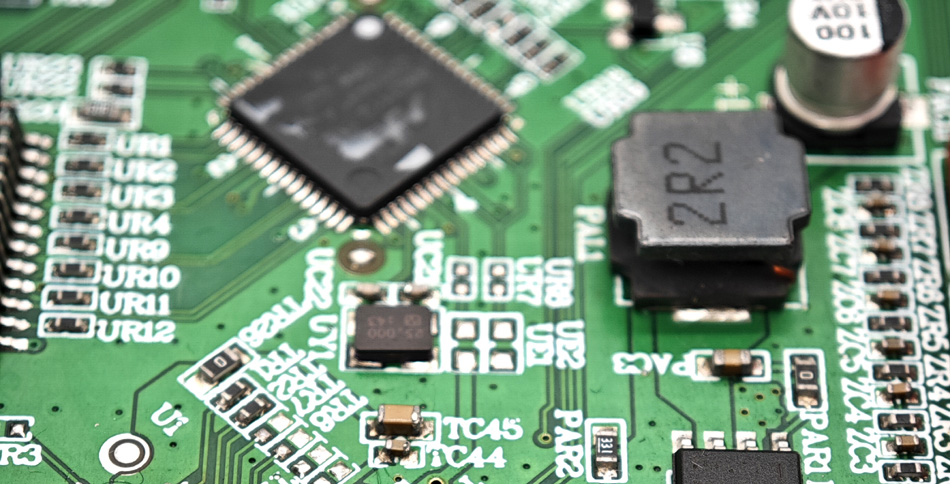- English
- Español
- Português
- русский
- Français
- 日本語
- Deutsch
- tiếng Việt
- Italiano
- Nederlands
- ภาษาไทย
- Polski
- 한국어
- Svenska
- magyar
- Malay
- বাংলা ভাষার
- Dansk
- Suomi
- हिन्दी
- Pilipino
- Türkçe
- Gaeilge
- العربية
- Indonesia
- Norsk
- تمل
- český
- ελληνικά
- український
- Javanese
- فارسی
- தமிழ்
- తెలుగు
- नेपाली
- Burmese
- български
- ລາວ
- Latine
- Қазақша
- Euskal
- Azərbaycan
- Slovenský jazyk
- Македонски
- Lietuvos
- Eesti Keel
- Română
- Slovenski
- मराठी
- Srpski језик
Lead-free soldering optimization strategies in PCBA assembly
2024-05-07
The use of lead-free soldering technology in PCBA assembly is to meet environmental regulations and customer needs, while ensuring the quality and reliability of soldering. Here are some lead-free soldering optimization strategies:

1. Material selection:
Choose a suitable lead-free solder such as silver-tin-copper alloy (SAC) or bismuth-tin alloy. Different lead-free solders have different characteristics and can be selected based on application needs.
2. Solder paste optimization:
Make sure the solder paste you choose is suitable for lead-free soldering. The viscosity, flow and temperature characteristics of the solder paste should be compatible with lead-free soldering.
Use high quality solder paste to ensure soldering reliability.
3. Temperature control:
Control soldering temperatures to avoid overheating or cooling, as lead-free solders generally require higher soldering temperatures during PCBA assembly.
Use appropriate preheating and cooling procedures to reduce thermal stress.
4. Make sure the pad design meets the requirements:
Pad design should take into account the requirements for lead-free soldering, including pad size, shape and spacing.
Ensure pad coating quality and precision so solder can be evenly distributed and form reliable solder joints during PCBA assembly.
5. Quality control and testing:
Implement strict quality control procedures during PCBA assembly process including welding quality inspection and AOI (automated optical inspection) to detect welding defects.
Use X-ray inspection to check the integrity and quality of solder joints, especially in high-reliability applications.
6. Training and operating procedures:
Train staff to ensure they understand lead-free soldering requirements and best practices.
Develop operating procedures to ensure consistency and quality of the welding process.
7. Pad coating material selection:
Consider HAL (Hot Air Levelling) coating or ENIG (Electroless Nickel Immersion Gold) coating to improve soldering performance and reliability.
8. Equipment maintenance:
Regularly maintain soldering equipment to ensure that the equipment operates stably and remains in optimal working condition during PCBA assembly process.
9. Transition period management:
When transitioning from traditional lead-tin soldering to lead-free soldering, ensure transition management and quality control to reduce the generation of defective products.
10. Subsequent maintenance and traceability:
Consider ongoing maintenance and traceability needs so that welded components can be repaired or replaced if needed.
Through the correct selection of materials, process optimization, quality control and training, high quality and reliability of lead-free soldering in PCBA assembly can be ensured while meeting the requirements of environmental regulations. These strategies help reduce the risks of lead-free soldering and ensure the performance and reliability of electronic products.
-
Delivery Service






-
Payment Options









